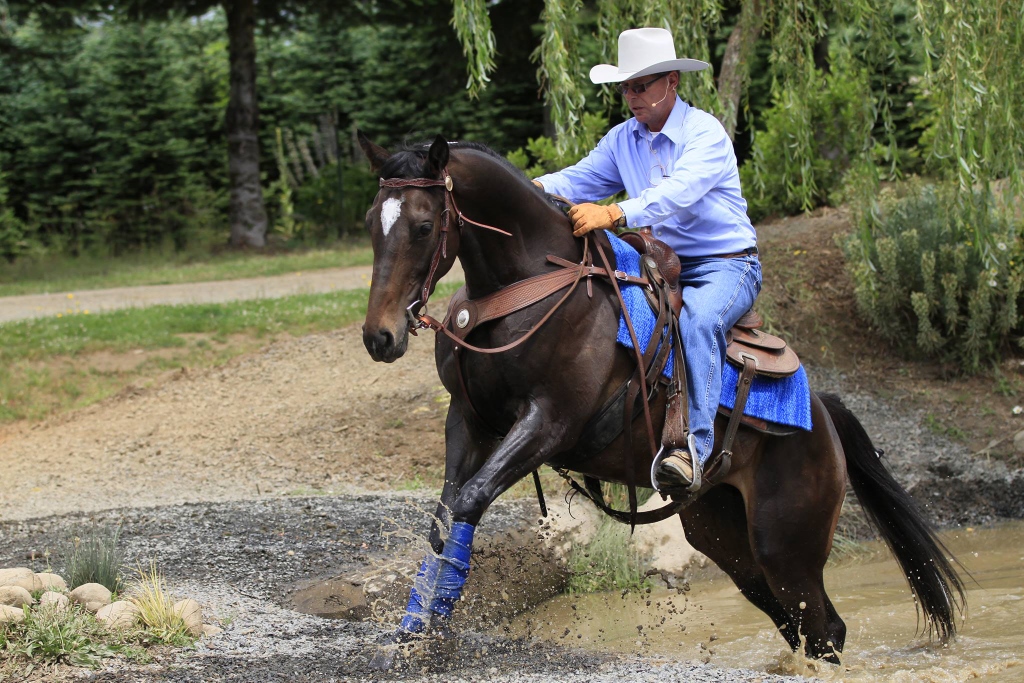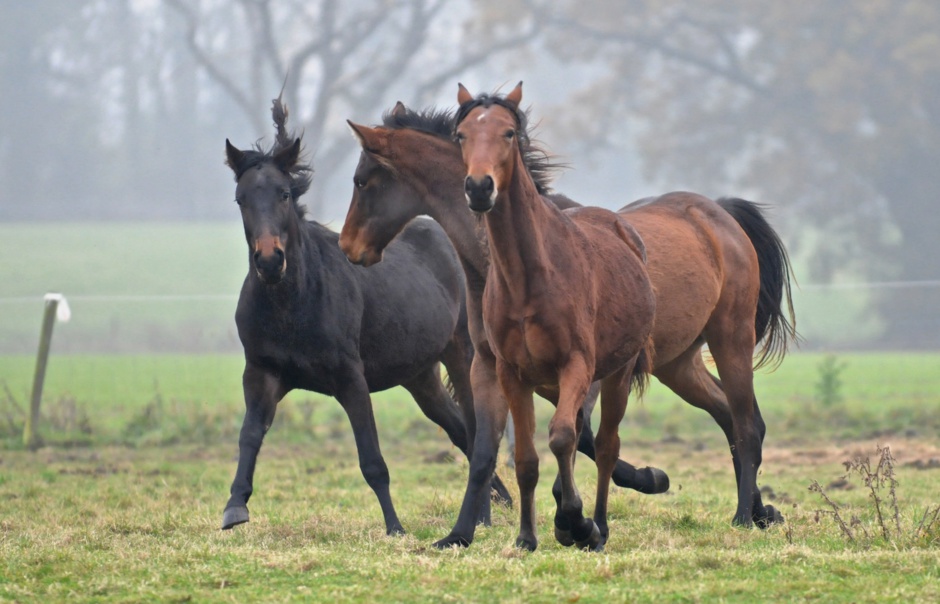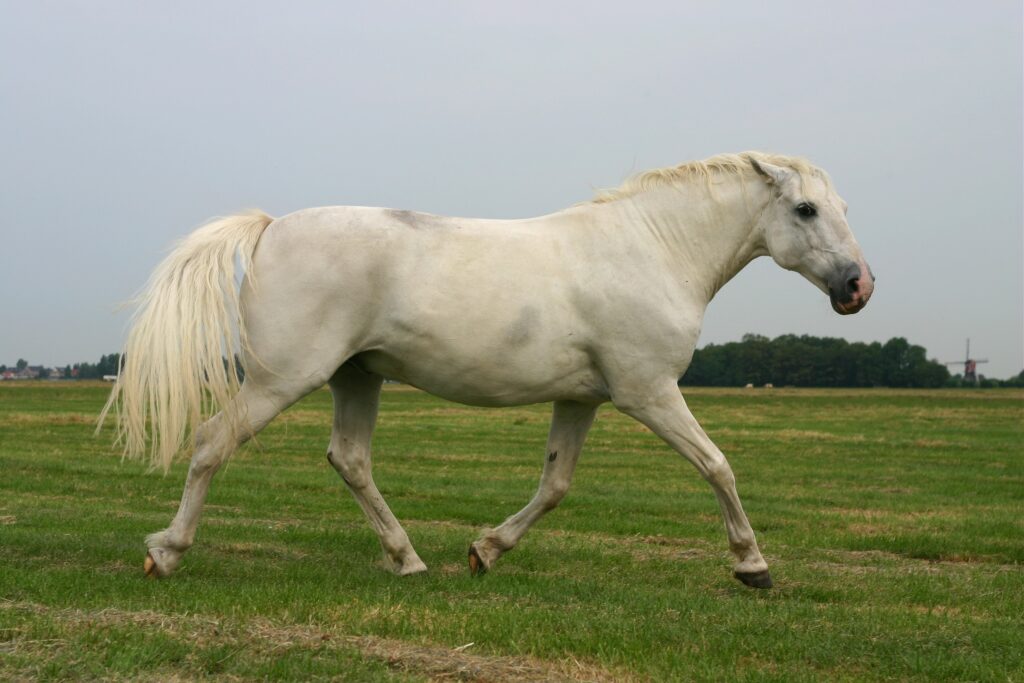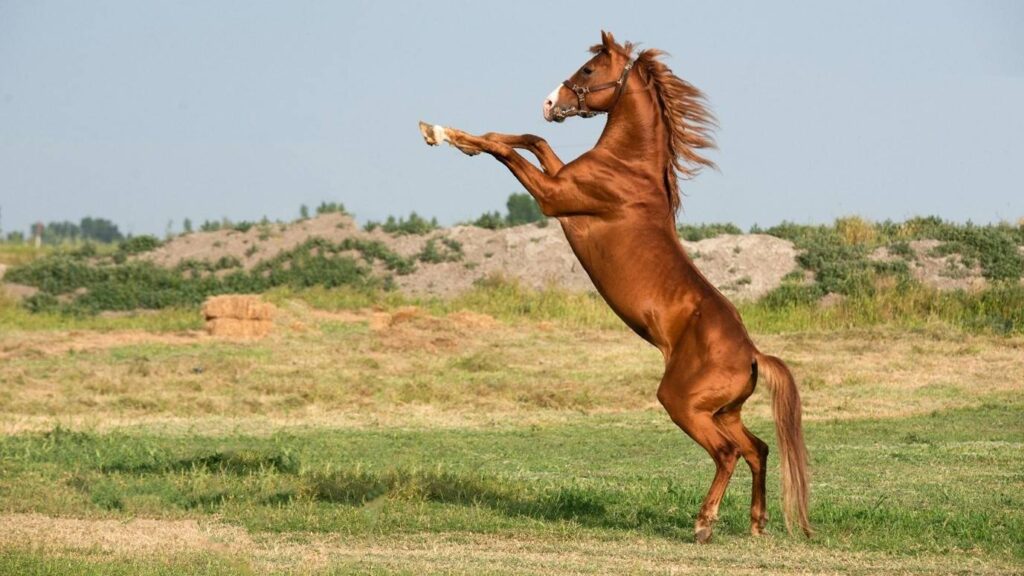Desensitizing a horse is an essential skill for anyone involved in horse training. This process not only aids in creating a safer environment but also strengthens the bond between the horse and handler. By gradually exposing horses to various stimuli, they become more adaptable and less reactive, ensuring a more harmonious relationship.

Understanding the Concept of Desensitization
Desensitization is a method used to reduce the reaction of a horse to potentially frightening or unfamiliar objects and situations. It involves systematic exposure to these stimuli, allowing the horse to become accustomed and comfortable. The goal is to help the horse remain calm and composed, regardless of the environment.
Why Desensitization is Important
Horses are naturally alert and responsive animals. In the wild, this trait is crucial for survival. However, in a domestic setting, heightened sensitivity can lead to stress and unsafe conditions. By desensitizing a horse, you can ensure that it responds to new situations with confidence rather than fear.
Benefits of Desensitizing a Horse
- Improved safety for both horse and handler.
- Enhanced horse confidence and trust.
- Smoother training sessions.
- Better adaptability in various settings.
Steps to Successfully Desensitize a Horse
1. Start with Groundwork
Begin the desensitization process by working on the ground. This approach allows you to establish trust and communication. Use training tips to guide your initial sessions.
2. Introduce New Stimuli Gradually
Gradual exposure is key. Start with less intimidating objects such as a plastic bag or a tarp. Allow the horse to observe and sniff the item before moving on to more challenging stimuli.
3. Use Positive Reinforcement
Reward your horse with treats or praise when it handles new stimuli calmly. Positive reinforcement encourages desired behaviors and builds confidence.
4. Consistency is Crucial
Consistency in training ensures that the desensitization process is effective. Regular sessions help reinforce learning and keep the horses responses predictable.
Common Mistakes in Desensitization
While desensitizing a horse, it’s important to avoid common errors. Rushing the process, using negative reinforcement, or introducing too many stimuli at once can hinder progress.
1. Rushing the Process
Each horse learns at its own pace. Be patient and allow adequate time for the horse to adjust to new experiences.
2. Ignoring Body Language
A horses body language can provide valuable insights into its comfort level. Pay attention to signals such as pinned ears, tense muscles, or a swishing tail.
Real-life Applications of Desensitization
Desensitization is not limited to basic training. It plays a critical role in preparing horses for shows, trail rides, and other activities. Ensuring a horse is comfortable with a variety of stimuli enhances its performance and safety.
Advanced Desensitization Techniques
For experienced trainers, advanced techniques such as target training and obstacle courses offer additional challenges. These methods focus on refining a horses adaptability and responsiveness.
1. Target Training
This technique involves teaching a horse to touch a specific target with its nose. It encourages focus and can be used to direct the horses attention away from distractions.
2. Obstacle Courses
Setting up an obstacle course provides a controlled environment for introducing new challenges. This method is particularly useful for preparing horses for trail rides or competitions.
Maintaining Progress in Desensitization
Regular practice is essential for maintaining progress. Incorporate desensitization exercises into your routine to ensure your horse remains calm and confident.
Incorporating Desensitization into Daily Activities
Use everyday situations as opportunities for desensitization. Tasks such as grooming and shampooing provide excellent chances to reinforce calm behavior.
Conclusion
Desensitizing a horse is a fundamental aspect of horse training that enhances safety and improves the horse-handler relationship. By understanding and implementing the principles of desensitization, you can help your horse become more adaptable, confident, and responsive.

FAQs
What is the goal of desensitizing a horse?
The primary goal of desensitizing a horse is to reduce its reactivity to unfamiliar or potentially frightening stimuli, ensuring a calm and safe response.
How long does the desensitization process take?
The duration varies for each horse. Some may adapt quickly, while others require more time. Patience and consistency are crucial in the process.
Can desensitization be done at any age?
Yes, desensitization can be beneficial at any age. However, it is often easier to start with younger horses as they may be more adaptable to new experiences.
This article contains affiliate links. We may earn a commission at no extra cost to you.







